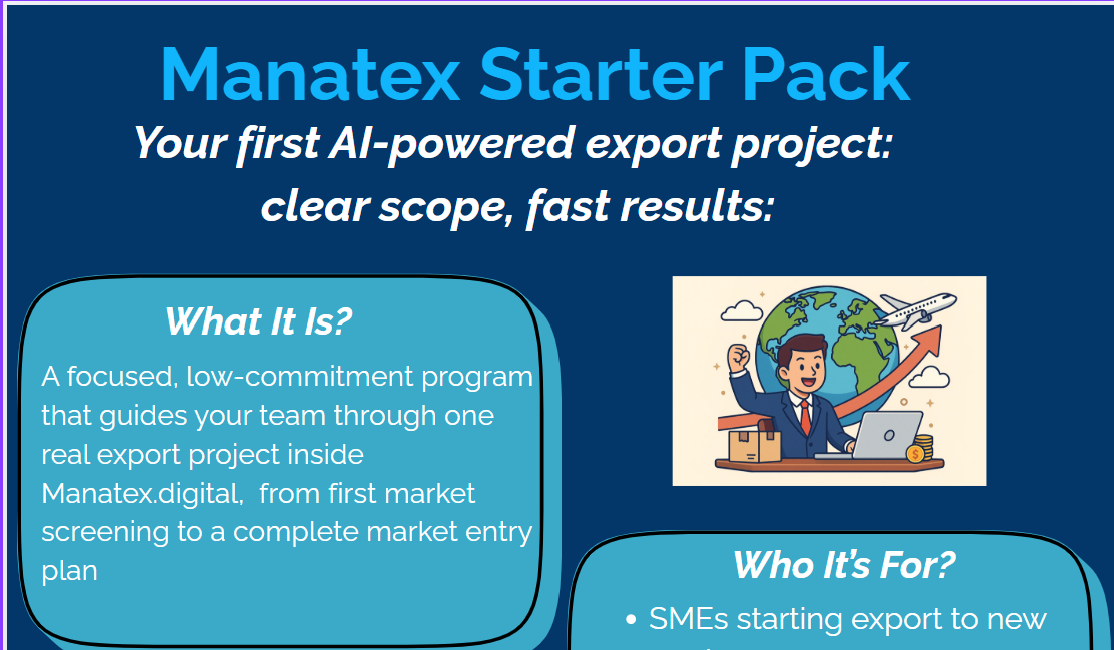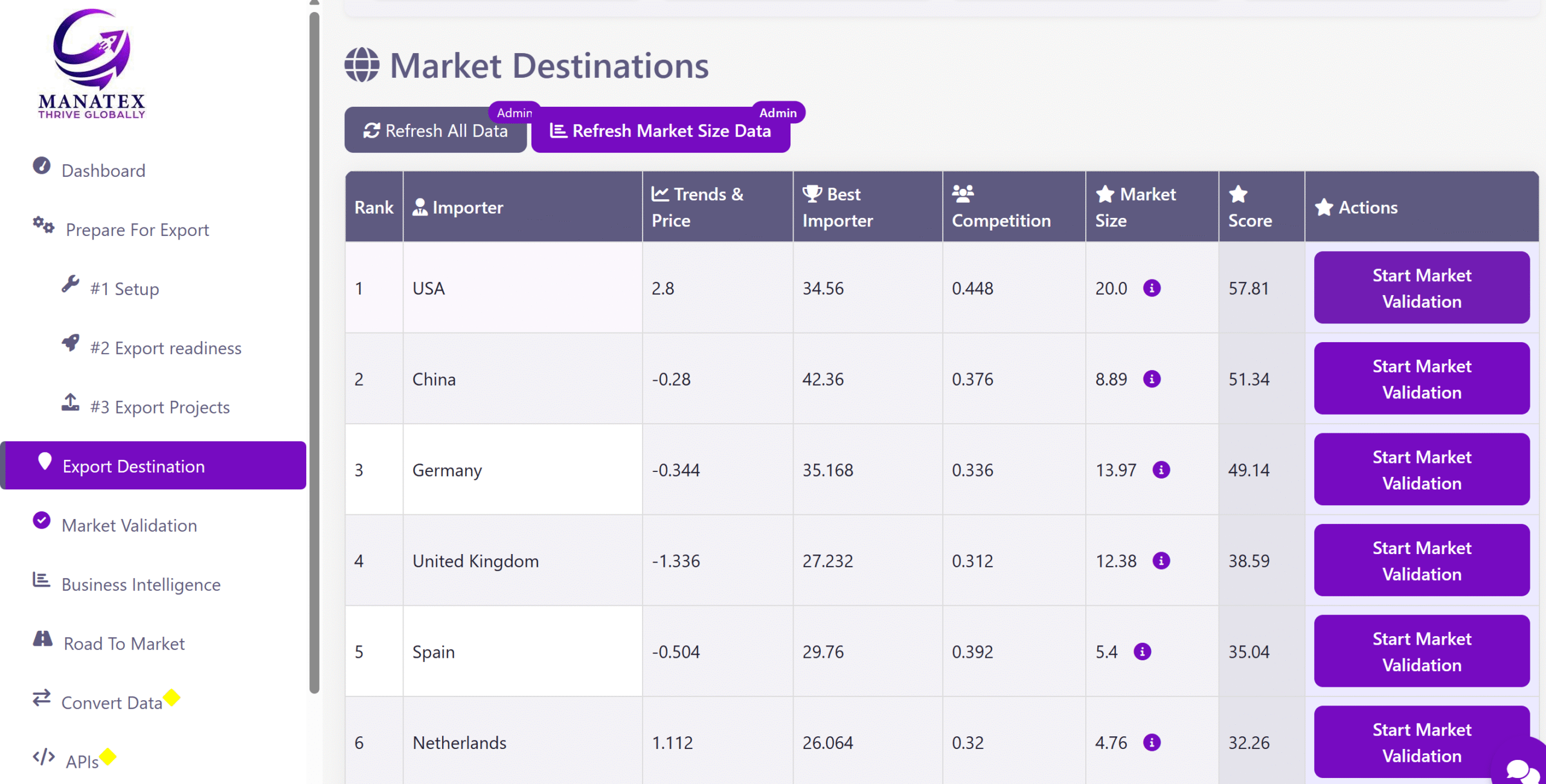Market entry strategy refers to the method a company employs to enter and establish its presence in a new market. By selecting the most suitable strategy, businesses can effectively navigate the complexities of entering new markets and maximize their chances of success.
So, it’s essential for companies to address two key questions:
- How much control do we need in the target market?
- How much do we want/can pay for that?
There are different direct and indirect export modes. Since our company is specialized in branded products and technologies (as opposed to commodities), we don’t work with indirect export modes (like trading houses for example). Let’s explain market entry strategies based on direct export modes (see Table below)
| Low level of control | Medium level of control | High level of control | |
| Low Investment | Local wholesale partner | Selling Agent | |
| Medium Investment | Franchising
Joint venture |
Online sales | |
| High Investment | Subsidiary; your own points of sales |
Now let’s discuss all these strategies one by one:
- Establishing a Local Subsidiary: Obviously, the best option for any company seems to be a local subsidiary. The local team can build relationships with the clients, control pricing policy, and put in marketing efforts. However, in most of cases, small and medium-size enterprises and start-ups can’t afford local operations based on their own subsidiary.
- Online sales: It is a great option to start for some products. However, it still requires some investment and skilled professionals on the ground. For example, if one wants to start selling on Amazon Europe, the local implementation must be done separately in each country. Amazon’s selling skills are not something that can be obtained in 1 day, that’s why people that can push the product online are not cheap.
- Leveraging Franchising: It works very well for some product categories (apparel and accessories for example) but there are not many local companies that are ready to collaborate based on this business model.
- Local distribution partner: It seems to be a very affordable strategy. However, it’s really hard to control the actions of the wholesaler in the local market. Very often partners break pricing policies, sell the product at a very low price etc. It’s very important to find a reliable local partner whom the exporting company can really trust. On top of it, as we described in the previous article, distributors from all over the world are reluctant to invest in the brand’s promotion and exclusive sales teams. Wholesalers prefer the role of logistics operators. So, this option seems to be affordable but, exporting companies should find a way to invest in local support (like digital campaigns, PR, trade marketing activities and materials etc)





